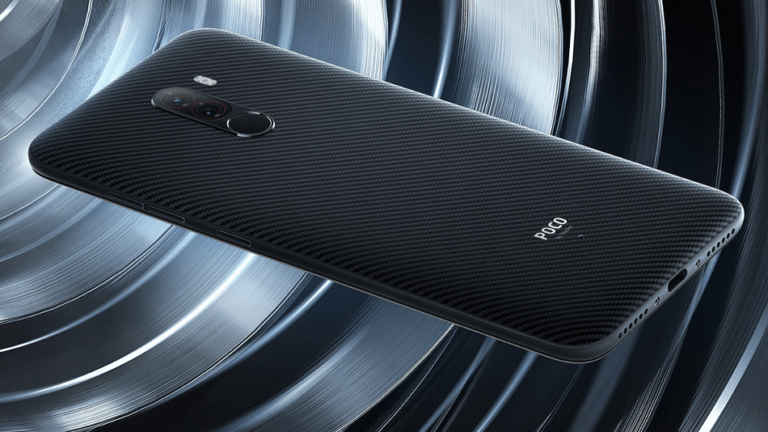Any links to online stores should be assumed to be affiliates. The company or PR agency provides all or most review samples. They have no control over my content, and I provide my honest opinion.
3D printing still feels like something out of science fiction, but stereolithography (SLA), commonly known as 3D printing, has been around since the 1980s. However, it wasn’t until the mid-2000s when ‘3D printing’ became something of a buzz word. In 2009, Kickstarter launched, and this fuelled the 3D printing craze with many consumer orientated models showing up, dozens of which cost under $200.
However, there isn’t just one form of 3D printing; your $200 Kickstarter printer is quite likely a low-end Fused deposition modelling model using plastic filament. 3D printing encompasses a vast number of devices, methods and materials. These printers are used from basic prototyping using plastics to printing metal parts used in jet engines.
3D printing is even expanding into far more exotic materials and industries. The medical industry has started to produce living parts such as bone, muscle and cartilage, which have all been successfully tested on animals. Currently, there is research an artificial heart, kidney, and liver structures, as well as other major organs.
Companies like Konica Minolta manufacture printers for a wide range of applications with different printers being able to achieve different things at varying price points. These printers tend to be business focussed, and they allow companies to massively improve their speed to market, they can print a concept one day, test it, and even print the end product when the initial prototyping is done.
Different printers specialise in different things, in particular, some are able to use toughened materials which make them viable for real-world use, while others use coloured plastics for prototyping. The four most common forms of 3D printing include:
- Fused deposition modelling (FDM)
FDM technology is currently the most popular 3D printing technology and used in both affordable 3D printers and even 3D pens. The well-known company MakerBot uses an almost identical method which they call Fused Filament Fabrication (FFF).
3D printers which use FDM Technology construct objects layer by layer from the very bottom up by heating and extruding thermoplastic filament.
- Stereolithography(SLA)
SLA is probably the oldest 3D printing method. SLA 3D printers operate with an excess of liquid plastic that after a while hardens and forms to a solid object. This method of printing is very slow and this is why it has fallen out of favour compared to the FDM method.
- Digital Light Processing(DLP)
DLP is similar to SLA, It utilises digital micromirrors laid out on a semiconductor chip. DLP requires an additional source of lighting compared to SLA.
- Selective Laser Sintering (SLS)
SLS is a technique that uses a laser as a power supply to form strong 3D printed objects. This means that the SLS technique uses a powdered material in the vat rather than liquid resin, which in turn means it has much more options for the materials used.
The material used for printing can range from nylon, glass and ceramics to some metals such as aluminium, silver or steel.
This method of 3D printing is the one where the company will often produce ready-to-use functional parts for use in industries such as aerospace and automotive.
Konica currently makes multiple printers fitting into this category some use their Duraform range of materials which are nylon-based and extremely tough and durable. Then there are direct metal printers which use a high-precision laser is directed to metal powder particles in order to selectively build up thin subsequent horizontal metal layers.
I am James, a UK-based tech enthusiast and the Editor and Owner of Mighty Gadget, which I’ve proudly run since 2007. Passionate about all things technology, my expertise spans from computers and networking to mobile, wearables, and smart home devices.
As a fitness fanatic who loves running and cycling, I also have a keen interest in fitness-related technology, and I take every opportunity to cover this niche on my blog. My diverse interests allow me to bring a unique perspective to tech blogging, merging lifestyle, fitness, and the latest tech trends.
In my academic pursuits, I earned a BSc in Information Systems Design from UCLAN, before advancing my learning with a Master’s Degree in Computing. This advanced study also included Cisco CCNA accreditation, further demonstrating my commitment to understanding and staying ahead of the technology curve.
I’m proud to share that Vuelio has consistently ranked Mighty Gadget as one of the top technology blogs in the UK. With my dedication to technology and drive to share my insights, I aim to continue providing my readers with engaging and informative content.







